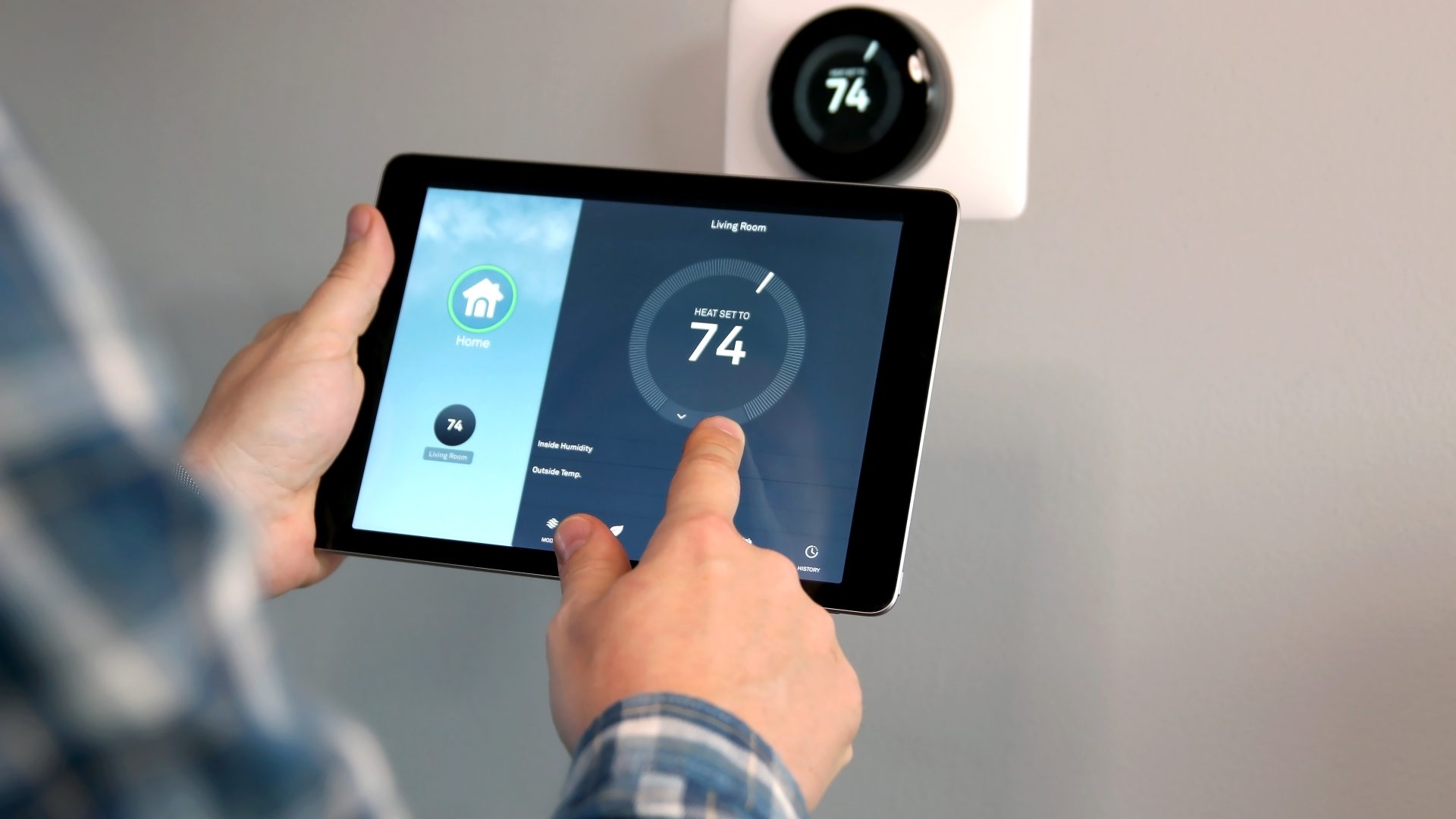Introduction to Heat Exchangers
A heat exchanger is a crucial component of a furnace system that is responsible for transferring heat from one medium to another. It plays a vital role in heating homes and buildings efficiently. However, like any mechanical system, a heat exchanger is subject to wear and tear and can eventually fail. Understanding the common causes of this failure can help prevent costly repairs and ensure the longevity of your heating system.
Corrosion: The Silent Destroyer
One of the leading causes of heat exchanger failure is corrosion. Corrosion occurs when metal is exposed to moisture or harmful contaminants. Over time, these corrosive elements can eat away at the metal walls of the heat exchanger, causing thinning and eventual failure. When a heat exchanger corrodes, it cannot function efficiently and may develop leaks, releasing harmful gases into the environment.
Preventing Corrosion
To combat corrosion, it is important to maintain a clean and dry environment around the furnace. Using high-quality, corrosion-resistant materials can also extend the lifespan of a heat exchanger. Regular inspections can detect early signs of corrosion, allowing for prompt remediation before major damage occurs.
The Risks of Overheating
Another common culprit behind heat exchanger failure is overheating. If a furnace is oversized for a space, it can generate more heat than necessary, which, in turn, overheats the heat exchanger. Additionally, inadequate ventilation can cause heat to build up, further stressing the component. Overheating weakens the metal, leading to cracks and, eventually, failure.
Sizing and Ventilation Solutions
To prevent overheating, ensure that your furnace is properly sized for your home. Professional installation and calculations can determine the appropriate size of the furnace needed. Additionally, make sure that your furnace’s ventilation system is up to date and conforms to current safety standards. Proper airflow helps to dissipate excess heat and keeps the heat exchanger operating within safe temperatures.
Manufacturing Defects and Lack of Maintenance
In some instances, heat exchangers may fail due to manufacturing defects. Even with stringent quality controls, defects can slip through, resulting in premature failure. Furthermore, neglecting regular maintenance is a sure way to hasten a heat exchanger’s demise. Without routine checks and cleanings, problems may go unnoticed, leading to significant damage or failure.
Staying on Top of Maintenance
Regular maintenance by a qualified technician can identify and correct small issues before they become larger problems. This includes checking for any signs of wear, ensuring the heat exchanger is clean, and testing for safe operation. By staying on top of maintenance, you not only prevent failures but also maintain the efficiency and safety of your furnace.
Conclusion: Ensuring Heat Exchanger Health
Understanding and addressing the common causes of heat exchanger failure—corrosion, overheating, manufacturing defects, and lack of maintenance—can save you from unexpected breakdowns and costly repairs. Proactive measures such as routine maintenance, proper sizing, and adequate ventilation are the keys to maintaining a healthy, efficient, and safe heat exchanger.
Advanced Cooling is the premier choice for HVAC services in Texas and Oklahoma. With a team of highly trained and certified technicians, we have the expertise to handle all of your heating, ventilation, and air conditioning needs. Our commitment to customer satisfaction is unmatched, and we always go above and beyond to ensure that your experience with us is positive. We use only the highest quality parts and equipment to ensure that your HVAC system is running at peak performance. Plus, we offer competitive pricing and flexible scheduling to fit your needs. Choose Advanced Cooling for all of your HVAC needs in Texas and Oklahoma.
